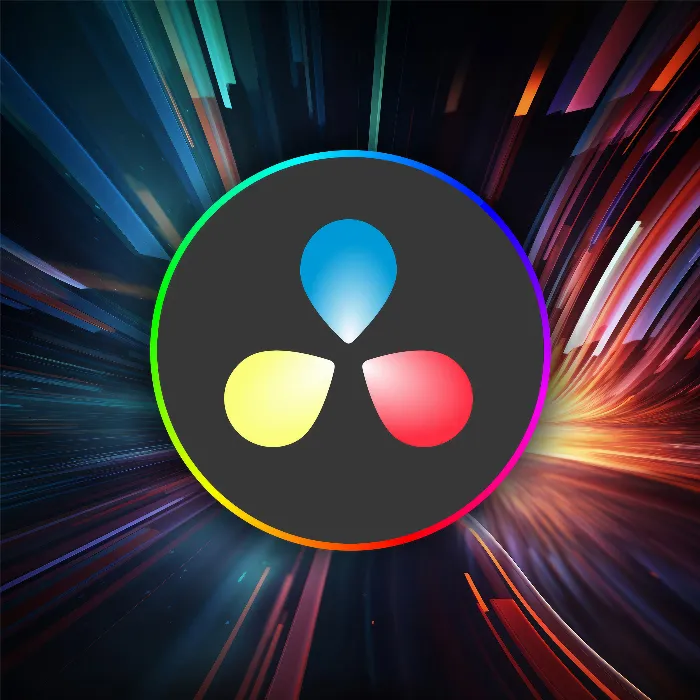In this tutorial, you will learn how to effectively use flags and markers in DaVinci Resolve. These features are particularly helpful for keeping track of things in larger projects and marking specific clips. By following these simple steps, you will be able to optimize your workflows and make your projects more efficient.
Main Insights
- Flags allow you to mark clips that belong together.
- Markers help highlight specific points in your timeline.
- You can set up custom shortcuts for flags and markers to work more efficiently.
Step-by-Step Guide
Using Flags
First, let's look at flags. You can find these in DaVinci Resolve next to the marker symbol. Click on the flag symbol to choose a color for the flag. For example, you can choose a pink flag to mark certain clips.
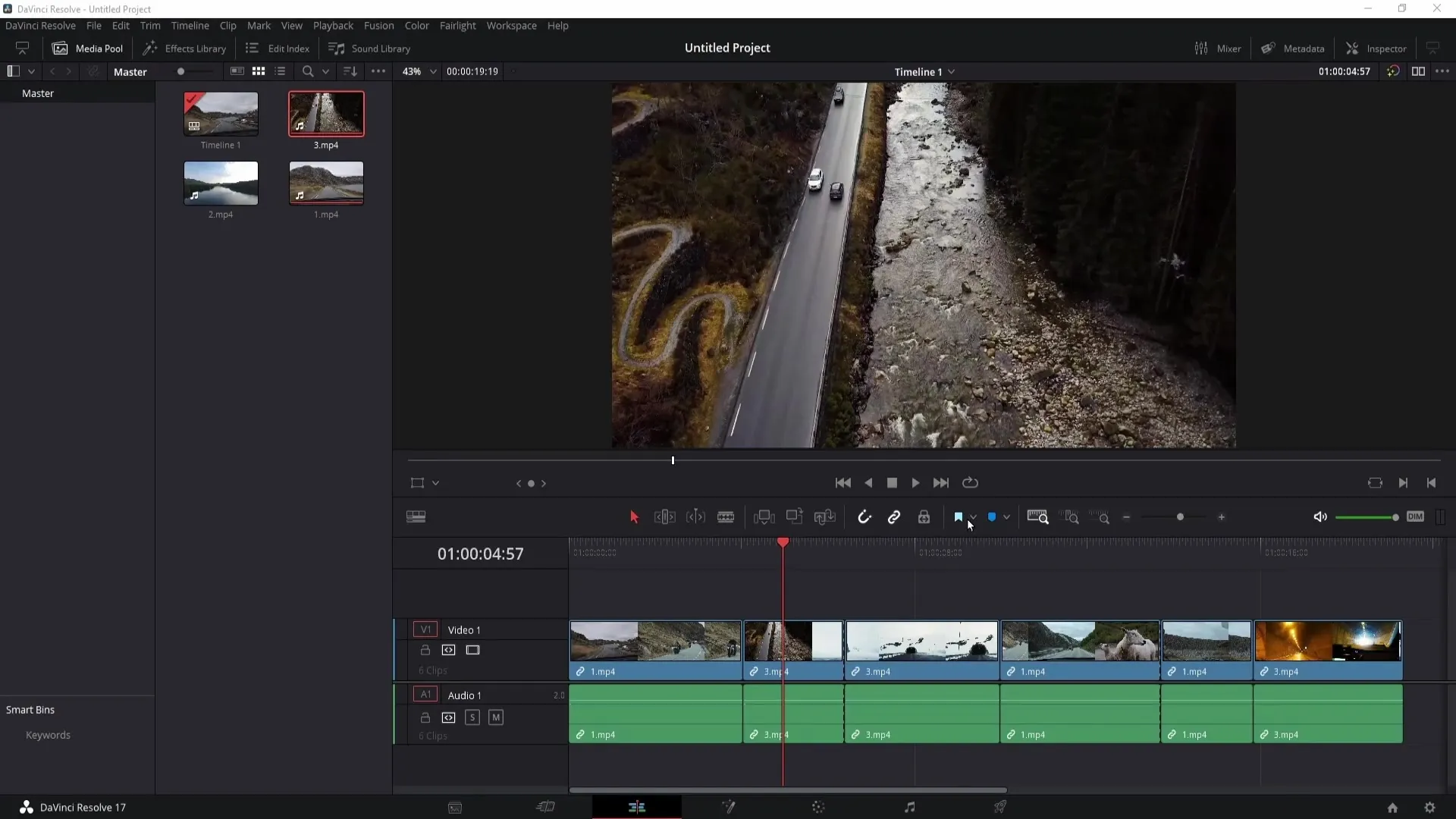
Flags are particularly useful when working on larger projects and wanting to mark clips that belong together. If you select a clip and set the flag, you can then mark the related clips. For example, if you have a clip and three parts of it, you can indicate with the pink flag that these clips belong together.
To search for aggregated clips by flags in the Color Grading section, go to the clips and select "Flagged Clips". Here you can choose the desired flag, and only the clips associated with that particular flag will be displayed. If you want to display all clips again, go back to "All Clips".
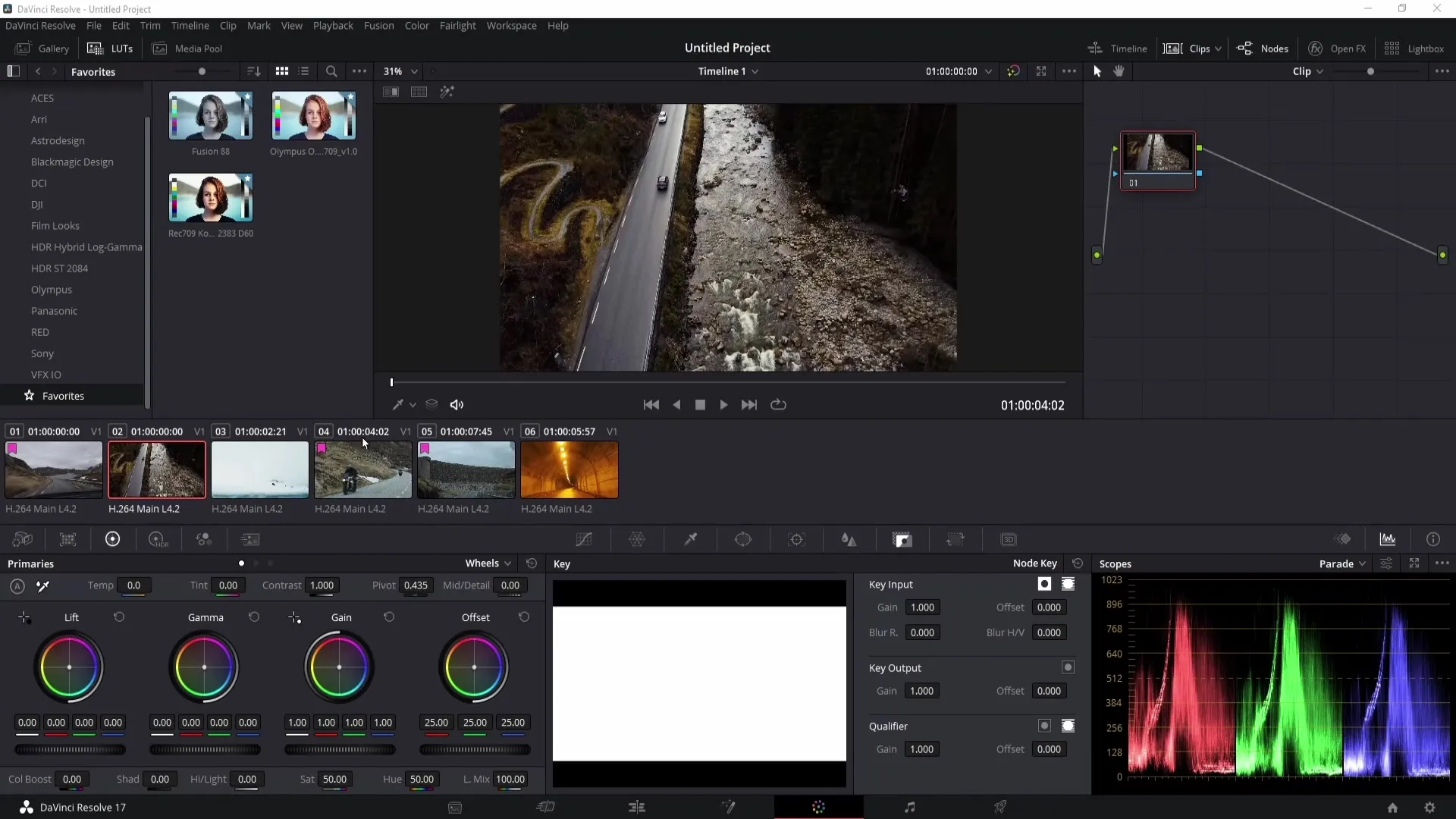
Note that there is no default shortcut for flags. However, you can set up your own shortcut. Go to "Keyboard Customization" and make sure "All Commands" is selected. Enter "Flag" to display the flag options and set up your shortcut.
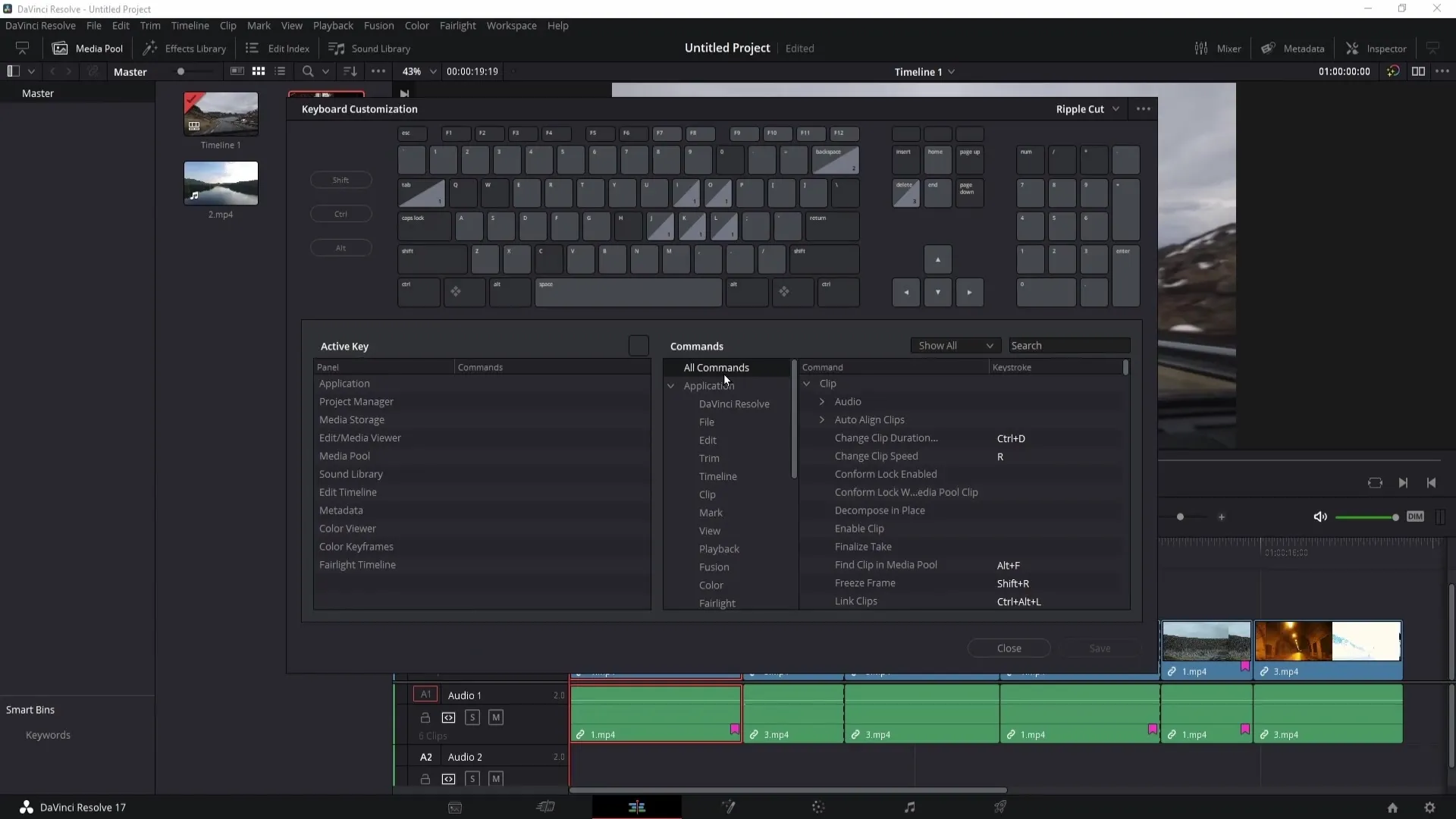
If you want to delete all flags, you can easily do so by clicking on "Clear All Flags". This will remove all set flags.
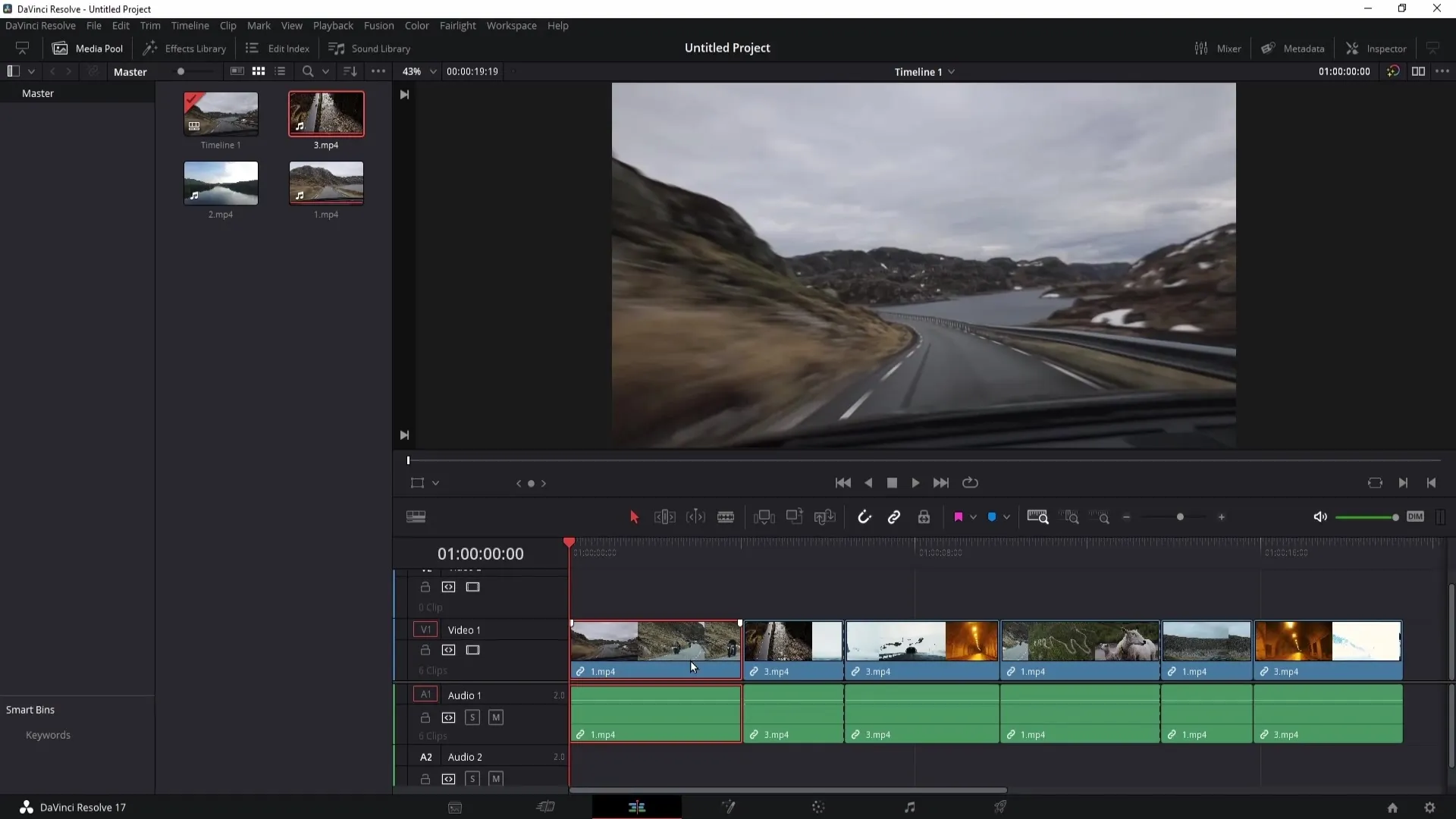
Using Markers
Using markers is also important for capturing specific points in your timeline. You can place a marker by pressing the "M" key. This marker is clip-specific. If you want the marker to appear in the timeline, you must click in the dark gray field and press the "M" key again.
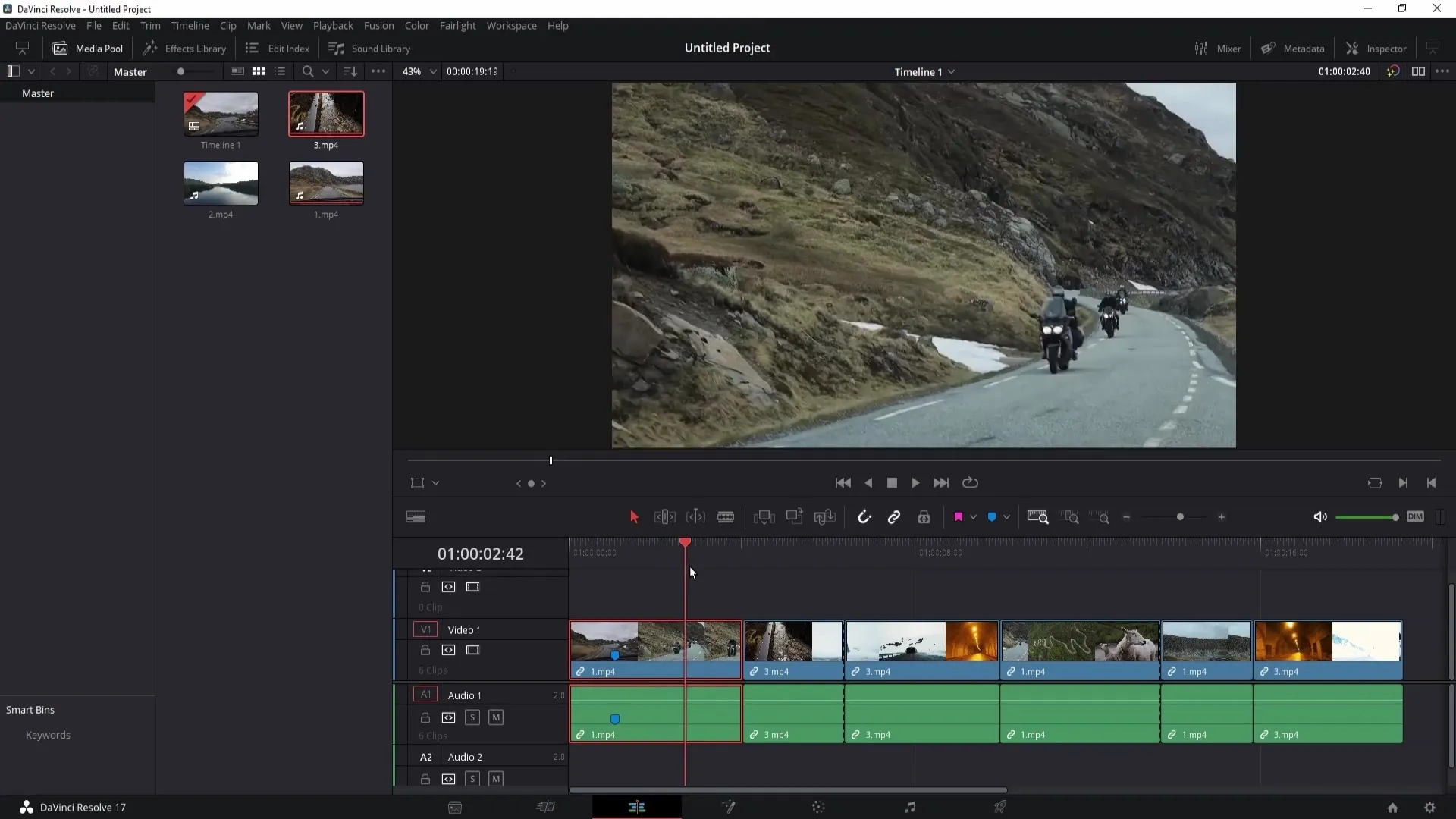
Markers are especially useful if you want to obscure a section in the video, for example. Place a marker where the confidential information appears. Once the information is no longer visible, you can set another marker.
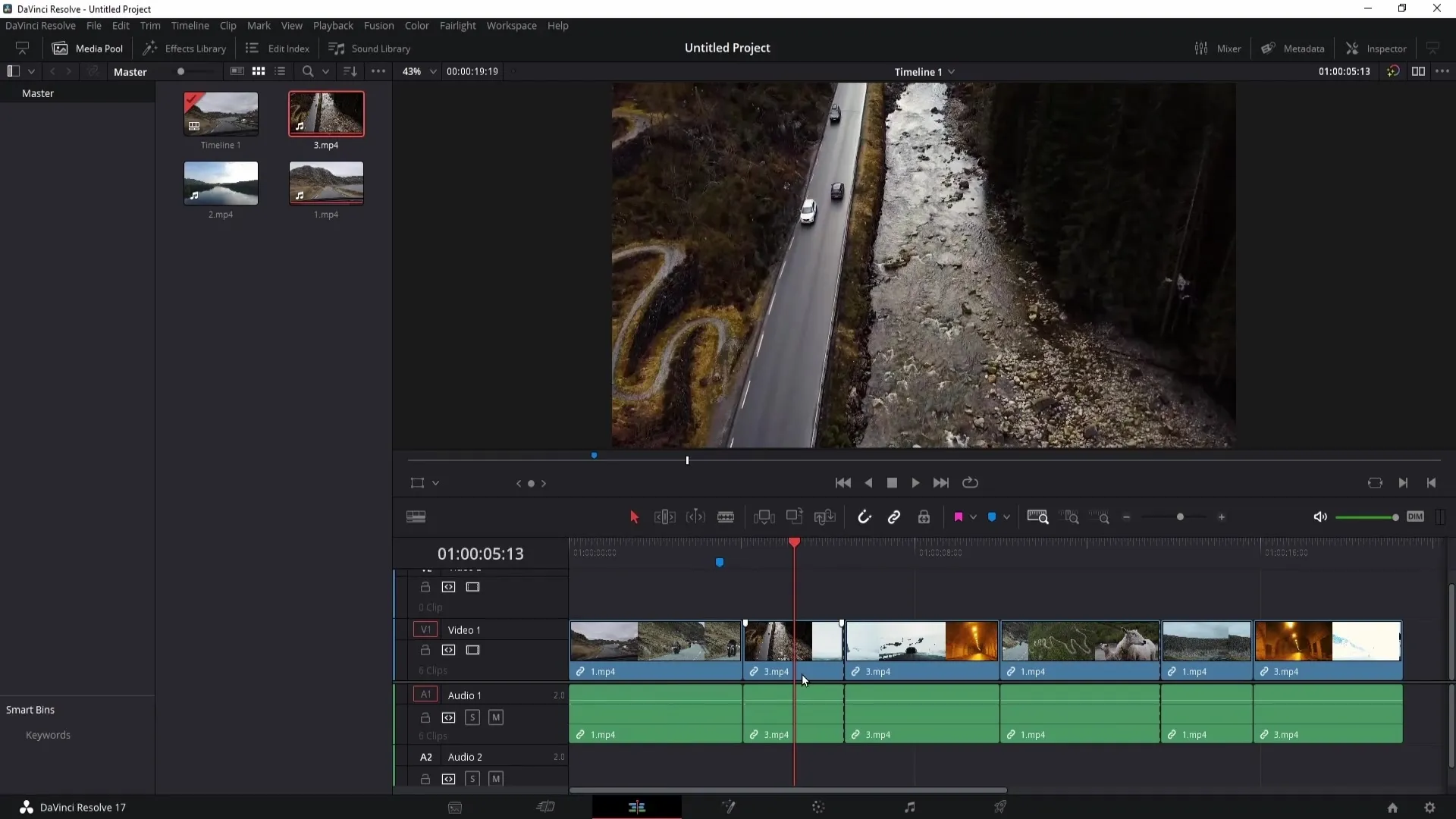
You can customize the marker by right-clicking on it and choosing different options. You can change the color of the marker or delete it if necessary.
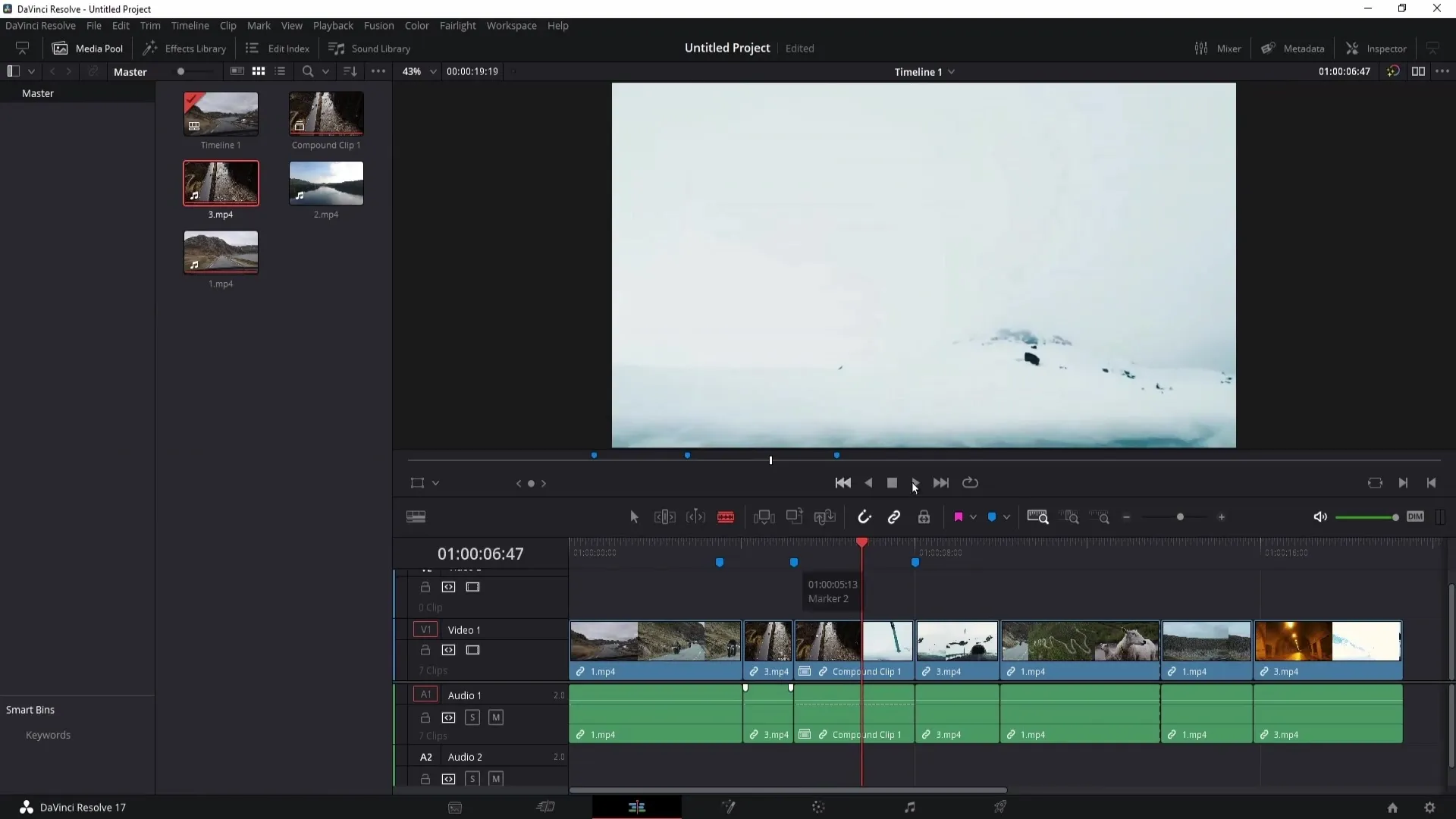
If you are working with multiple markers, you can add more information such as start time, duration, and notes by double-clicking on a marker. This way, you will keep track of relevant details.
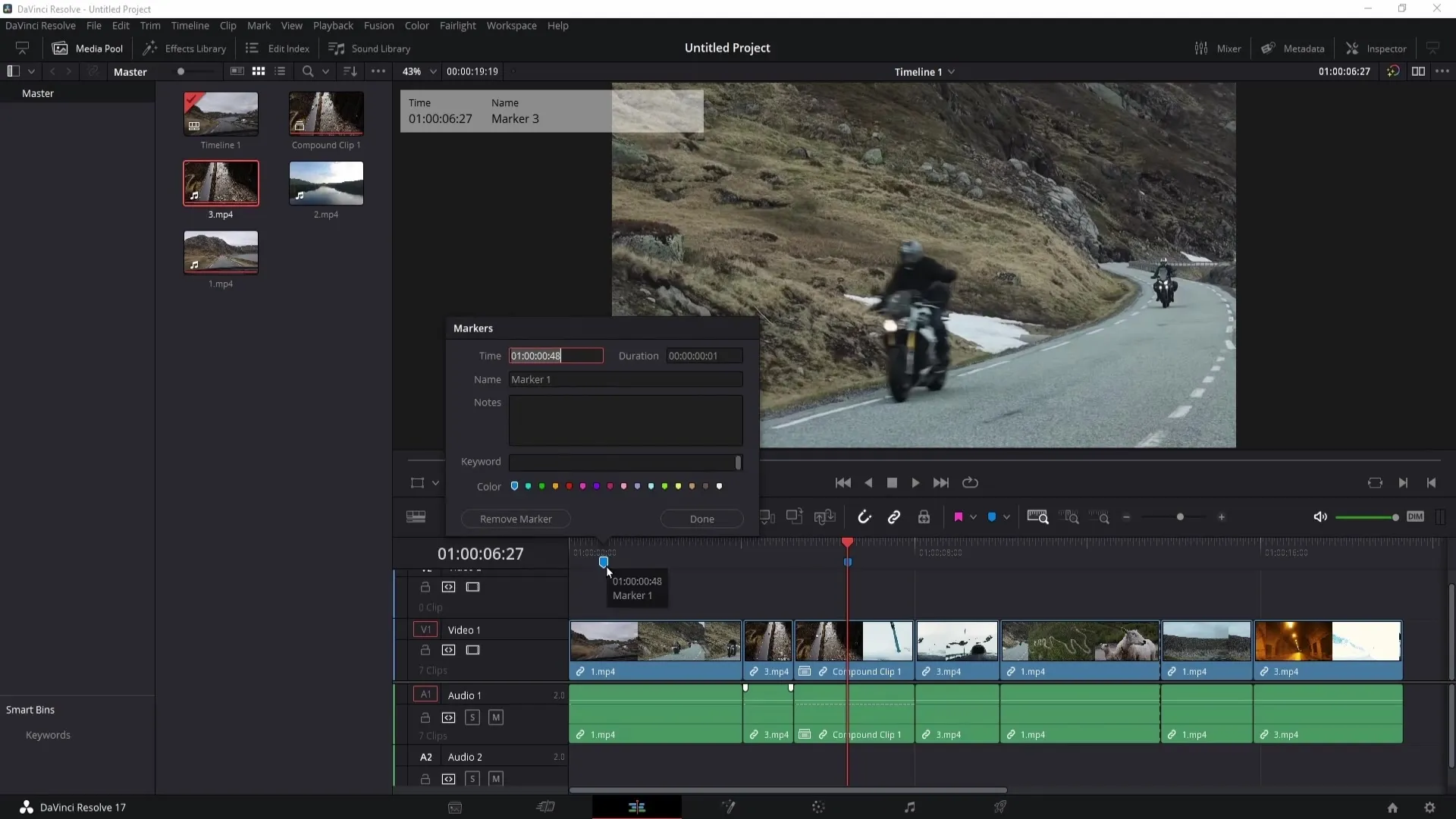
You can use keywords to better organize your markers. Add a keyword to provide additional information to your markers. The user interface allows you to set colors for markers and also delete them when no longer needed.
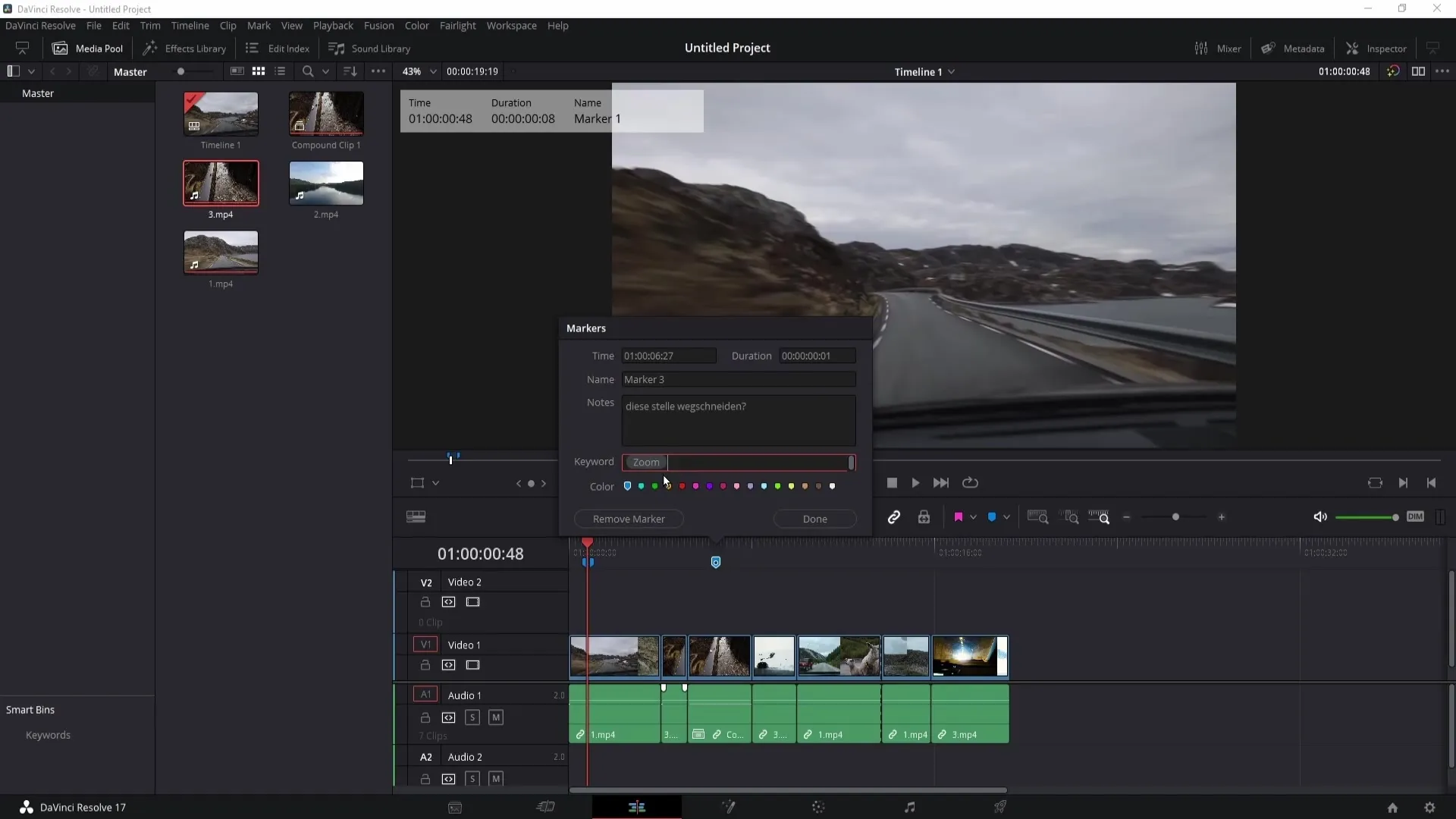
A useful feature is the Edit Index, which you can activate to get an overview of all set markers. Here you can quickly navigate between markers and view relevant details like colors, names, and descriptions.
You can also set shortcuts for markers. To do this, go again to "Keyboard Customization" to further optimize your workflow.
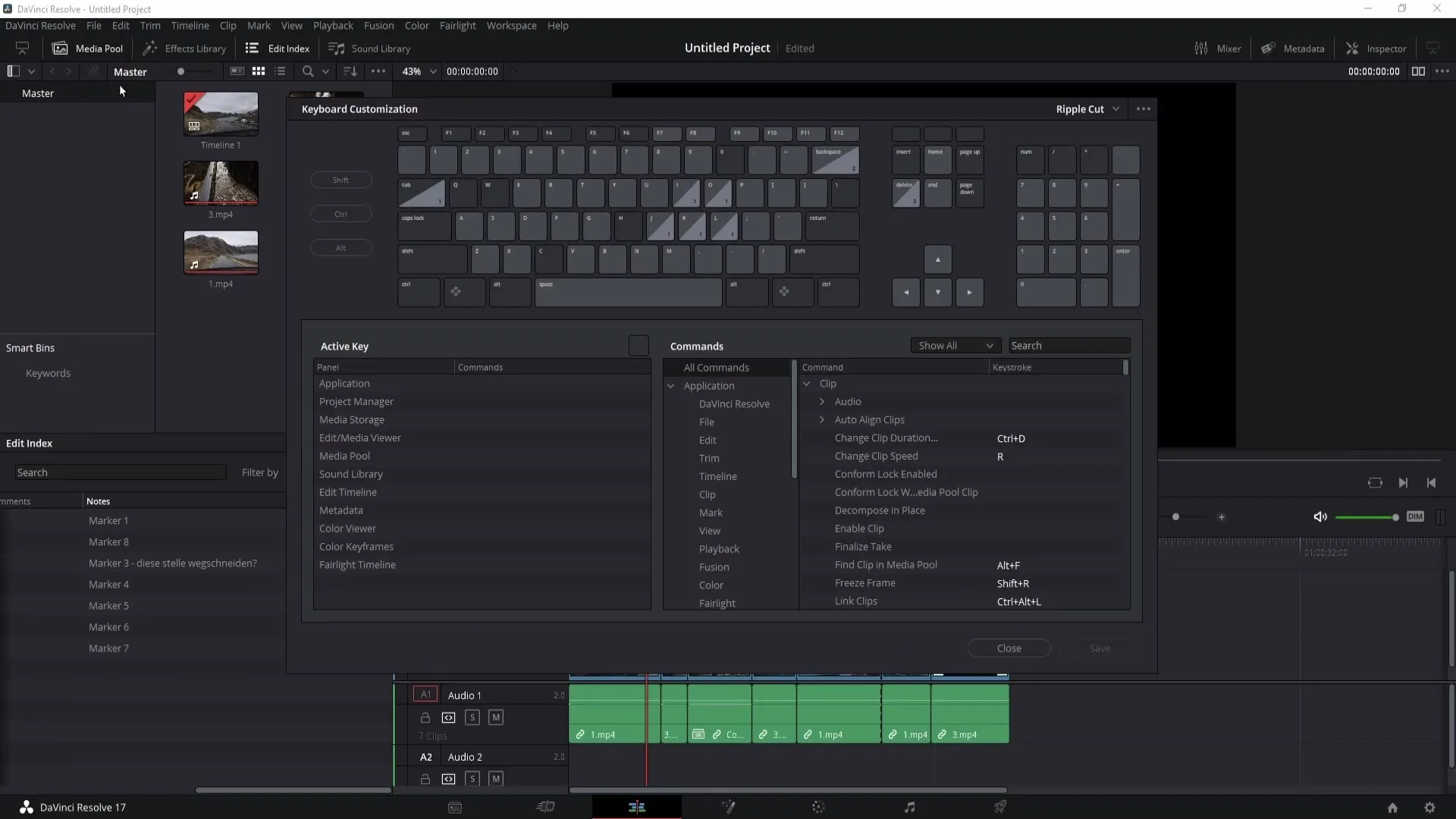
Summary
In this tutorial, you have learned how to use flags and markers in DaVinci Resolve to better organize your projects. Setting flags for related clips and using markers for specific points in the video will help you keep track and work more efficiently.
Frequently Asked Questions
How do I set a flag in DaVinci Resolve?To set a flag, select a clip and click on the flag icon. Choose the desired color.
Can I delete a flag?Yes, you can delete all flags by clicking on "Clear All Flags" or remove individual flags by right-clicking on them and selecting "Delete".
How do I set a marker?Press the "M" key while having a clip selected or click in the dark gray area of the timeline and press "M".
Can I rename markers?Yes, you can rename markers by double-clicking on the marker and entering the name in the window that opens.
Are flags and markers in DaVinci Resolve pre-assigned with shortcuts by default?No, flags and markers do not have shortcuts assigned by default. However, you can set your own shortcuts in the settings.
